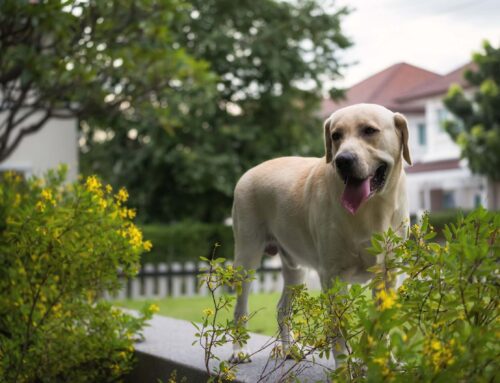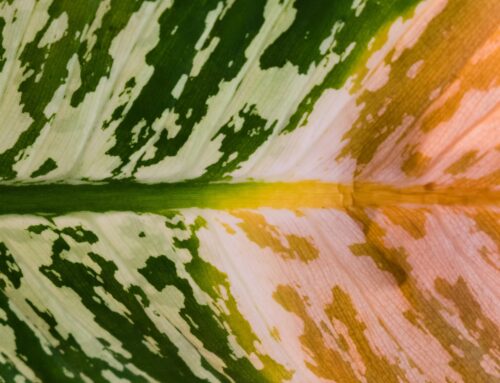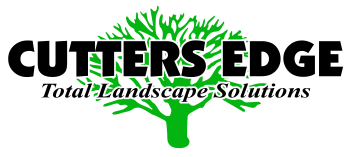Whether you are a property manager, business owner or homeowner association manager, if there’s one lawn pest you should keep in check in this state it’s the De-Chinch bug. These pesky critters become especially active in the summer months and could costs you hundreds of dollars’ worth of damage to your property if you’re not vigilant.
So, what’s to do? Keep reading this article to learn how to recognize and identify these insects so that you can act quickly to prevent damage to your landscaping as much as possible.
How to Identify the Chinch Bug
Read carefully, especially if your lawn is made of St.Augustine grass. These bugs have a natural affinity for this variety of lawn and it’s more likely than not you’ll have to deal with these insects repeatedly.
Chinch bugs are notoriously difficult to identify. The adult southern chinch bug has a black body the wings that are white with a black spot on the forewings. They are very tiny, about 1/10 to 1/8 inch long, and will often scurry away whenever the grass around them is disturbed. The Southern chinch bug thrives in the warmer, wet summer months and infestations tend to reach their highest levels in early July. It is often incorrectly assumed that any dead, brown patches in St.Augustine grass is due to fungus, but it would be wise to keep in mind that chinch bugs are just as likely to be the culprit.
How to Tell if You Have Chinch Bug Damage
Chinch bug damage usually appears first in areas that don’t get a ton of water, or get a lot of direct sunlight, as small brown patches that slowly enlarge as the bugs move out of dead spots and into green turf. This is especially true in grass that has been over-fertilized and contains more thatch.
You can use the flotation method to determine if chinch bugs are your problem instead of root rot or other lawn diseases. Simply take a coffee can and remove the bottom so you can insert the can into the ground in the area surrounding the discolored grass. The chinch bugs will move away from the dead areas to feed on live grass. Use a knife or a shovel to dig out the edges around and in the soil of the can, push the can down about 3 inches into the soil. With a garden hose fill the can with water for five minutes. If you have chinch bugs they will float to the top of the water. Repeat this method in a few different areas if you want to see how extensive the infestation is.
What to Do Next
If you’ve identified that your lawn is infested with chinch bugs don’t delay in treating your grass. The best method for preventing chinch bug infestations, or containing any infestation you already have, is integrated pest management (or IPM) to reduce the damage to your property’s turf. IPM is the use of biological & chemical means to control pests. Treatments are applied only to infested areas and not applied as a blanket treatment. This practice minimizes the loss of important beneficial insects while limiting pesticide exposure to humans, animals and the environment. Not only that, IPM can be combined with a fertilization program to enhance the health and vigor of your turf, trees, palms and landscape.
If you think your lawn may be infected, don’t delay! Call the experienced lawn care professionals at Cutters Edge. Our team will be happy to come out to your property and make a full assessment and a no obligation estimate for how we can make sure your lawn gets back on track.





